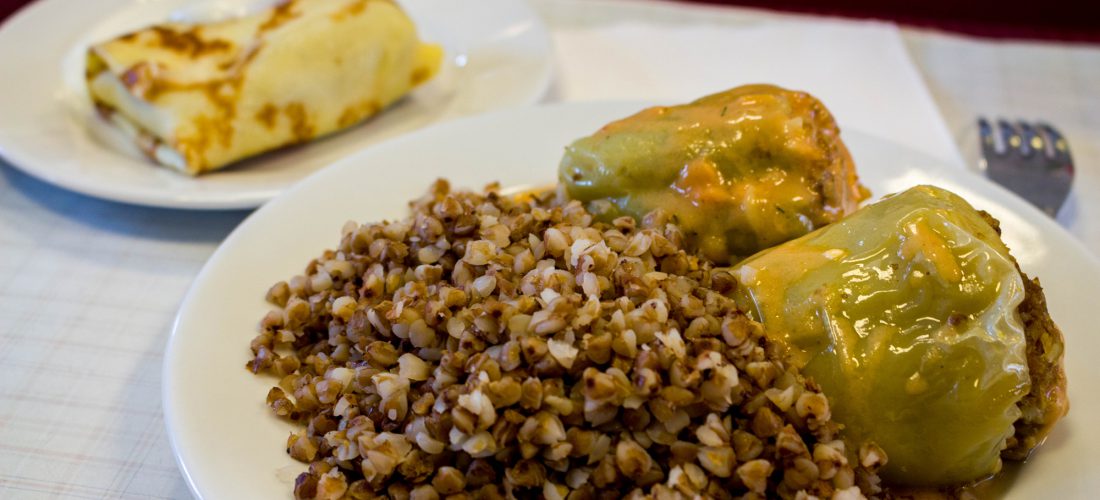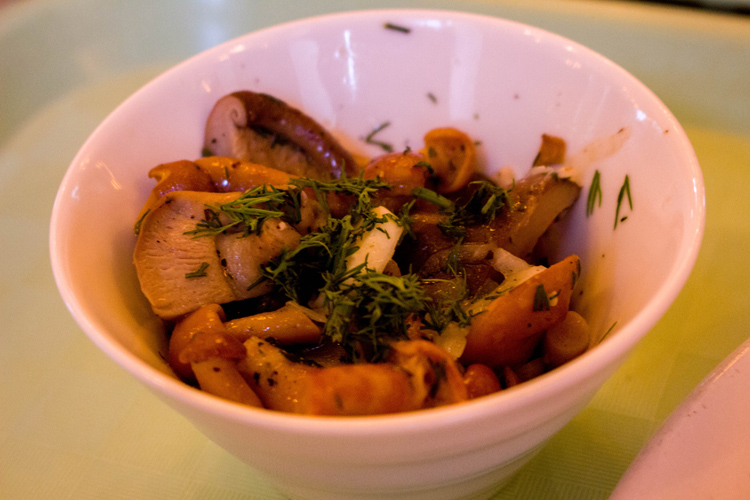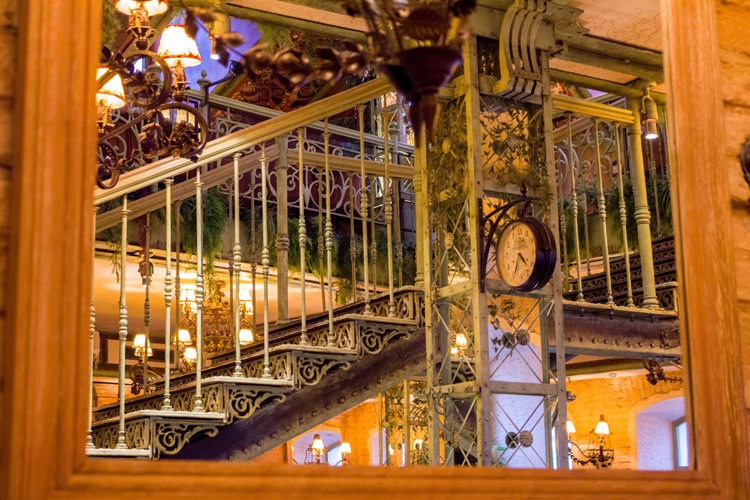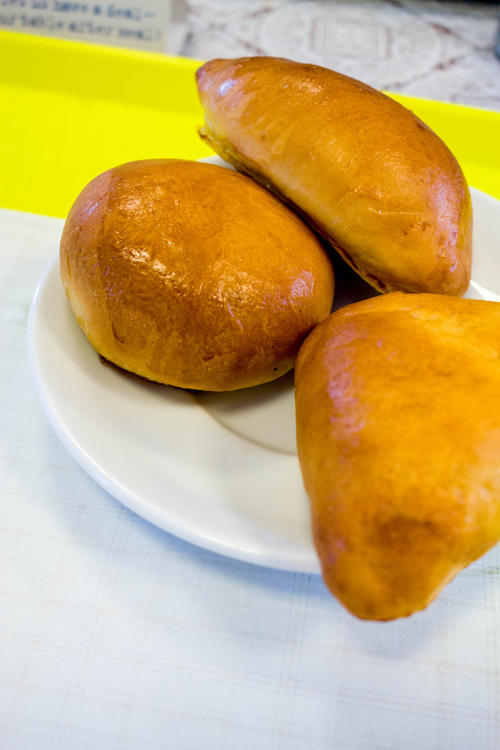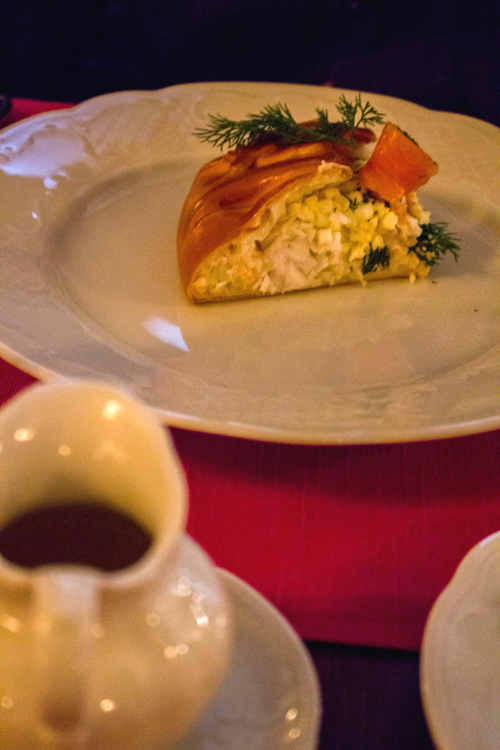First up: Russian cuisine is not Soviet cuisine – but they are not two completely different things either. Confused? Contradicted? Just as twisted as cuisine in Russia.
Soviet cuisine is difficult to explain, but I understand it goes something like this: Russia is a country, a nation. The Soviet Union was an entity of multiple nations and cultures, with people being uprooted, moved around and reeducated. So it is an amalgam of many different things, channeled through food shortage and ideology. Swallowed Soviet food is swallowed politics, hearty food for enduring, hart working people. Today’s cuisine tries to convey both sides of Russian/Soviet cuisines combined the possibilities of modern ingredients.
Dishes were changed, molded into Soviet food by simplifying the recipe. Take Chicken Kiev, for example. Is it Ukrainian or Russian, or Soviet? A dish with French origin (like a cordon bleu), probably a lot older than the Soviet Union, but simplified into a chicken cutlet rolled in butter and herbs and made popular.
Or the infamous Russian Salad: created by a chef named Olivier during the 19th century, it contained grouse, veal tongue, caviar, lettuce, crayfish tails, capers, and smoked duck. Those ingredients were replaced by cheaper alternatives: chicken, sausage, eggs, cucumbers, olives, cucumbers and green peas with a healthy dollop of mayonnaise. Same name, completely different dish.
Like all cuisines from regions with colder climates, buckwheat (kasha), potatoes, mushrooms and cream are commonly found. Mushroom julienne is another simplified French dish – creamy, heavy, filling, but not fine dining.
Okróshka is a cold soup consisting of raw vegetables like cucumbers, sausages, kvass (a fermented drink) and lots of dill. Food of food shortages, indeed. A lot of getting used to required.
Cold winters and few food meant pickling and conserving fresh foods to make them last through the months. This was so important that there is a painting in the Tretyakov Gallery depicting Soviet canned goods.
Cheap food also consists of a variety of pies, piroshki being the most common, soft cloudy bread with minced meat, cabbage or potatoes. I wasn’t a big fan of those.
This pie is presented in a lot more sophisticated manner, but Café Pushkin tried to make it something more fancy than it was. The poor waiter fumbled this pie for 5 min trying to cut it into something instagram-worthy. But even the roll of salmon and bundle of dill cannot conceal its true nature – a simple pie. Let’s not try to make it something it is not.
I was delighted to see that Russians take their tea quite seriously and offer good quality tea in decent quantities.
Another thing to try is kvass, a fermented non-alcoholic drink made out of bread, refreshing and malty. Sometimes you will see street vendors giving out cups from a tank on wheels.
Ice cream seems to be a fond memory for many Russians, milky and with its typical flat cones, it is a nice treat on a hot day.
Red October is a famous Soviet chocolate brand and Alyonka its trademark chocolate bar. Not the best, to be honest..
Here is another fun picture of the shopping mall GUM:
So to sum up Soviet cuisine, here is the lowdown: meat, smetana, mayonnaise, pies, dumplings, soups, mushrooms, pickles, dill. With more dill.
August 17th – 24th, 2018
